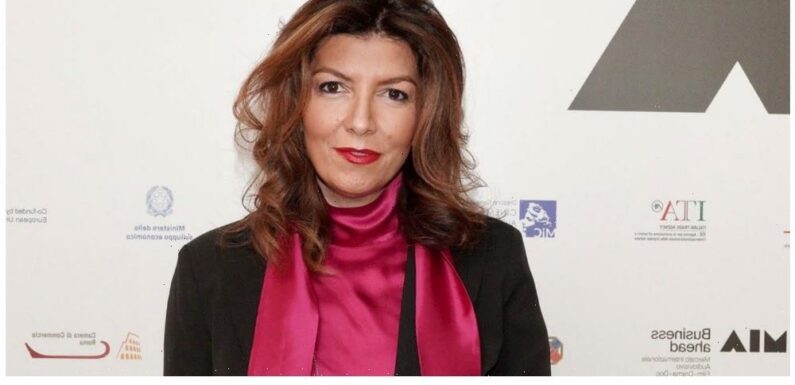
Rome’s innovative MIA market dedicated to international TV series, feature films, and documentaries kicks off its eighth edition Tuesday, headed by new chief Gaia Tridente, who has added an animation section and been busy raising the curated mart’s international profile.
The Oct. 11-15 MIA mart – its acronym stands for the Mercato Internazionale Audiovisivo or International Audiovisual Market – this year is positioned prior to the Mipcom content market and conference that runs Oct. 17-20 in Cannes, since Mipcom has shifted its dates back.
But this non-voluntary repositioning has not impacted the number of registered MIA attendees, which is up more than 12% compared with past editions. More than 900 international industry execs are registered for the boutique event being held in central Rome’s Palazzo Barberini, which is Italy’s National Ancient Art gallery that during MIA doubles as the market’s hub where company stands are set up amid Renaissance and Baroque masterpieces. Screenings are held in a nearby state-of-the-art multiplex.
Variety spoke to Tridente, formerly head of the market’s TV section, about her vision for taking MIA to the next level.
Gaia, since taking the MIA reins what’s been your main goal?
My approach from the outset has been to position MIA strategically not just within the markets’ calendar but the industry at large. To understand what role we can play. And the focus of my work is all geared towards making MIA a highly curated market. Not a place where you come just to buy finished product, but a market that can intercept new IPs and attract top industry players who can drive the industry in all its different segments. I think that MIA must continue to raise its profile and increasingly become an unmissable reference point for the international industry.
Were you concerned about being before Mipcom this year?
When Mipcom moved back, we stayed in our slot since we didn’t want to be too close to AFM; we had to maintain our distance from Venice; and also need to overlap with the Rome Film Festival. The calendar situation is tricky because this part of the year is packed with other markets and we work with several different industry segments. But I don’t think being positioned before or after Mipcom makes much of a difference. Our attendance numbers are up. Of course in positioning our new animation section we scheduled it between Oct. 12-14 to give animation industry people time to then go from Rome to Cannes for Mip Junior, which starts on Oct. 15.
Why did you add an animation section to MIA?
This was a necessity felt both by Italy’s motion picture association ANICA and the TV producers organization APA, who represent Italian animation companies. It actually started last year in embryonic form with an animation content showcase. This year I felt it was time to meet the challenge and support the Italian animation sector more fully with a full-fledged section comprising an international co-production market and specific panels and the response has been very positive.
What’s MIA’s rapport with the Rome Film Festival, which is under new management?
From the outset we had a dialogue with [new Rome fest artistic director] Paola Malanga and [Rome fest foundation chief] Gianluca Farinelli to figure out how we could bring the two events closer together. This year, we both got started late, but basically what MIA can do is be at the festival’s service. So this year we will have several market premieres of films that are at the festival. Next year my ambition is to have more synergy.
What’s the main market trend you are seeing that is reflected at MIA?
The main trend now is content with a global perspective. Think “Squid Game.” All geographical barriers have fallen. We have a panel at MIA on the global production landscape titled “Time to Stop Saying Foreign Language.” This is reflected in the fact that there are companies these days specifically looking only for international IPs, like Erik Barmack’s Wild Sheep Content and Matt Brodlie and Jonathan Kier’s Upgrade Productions. They are working to find local content for global platform play. This change of perspective is the main thing I see, and the Italian industry is becoming more ambitious in expanding its global horizons. Amazon’s new Italian original “Prisma” is an example of this in the writing, the acting, the production values. It’s very Italian, but it’s also very international.
Read More About:
Source: Read Full Article